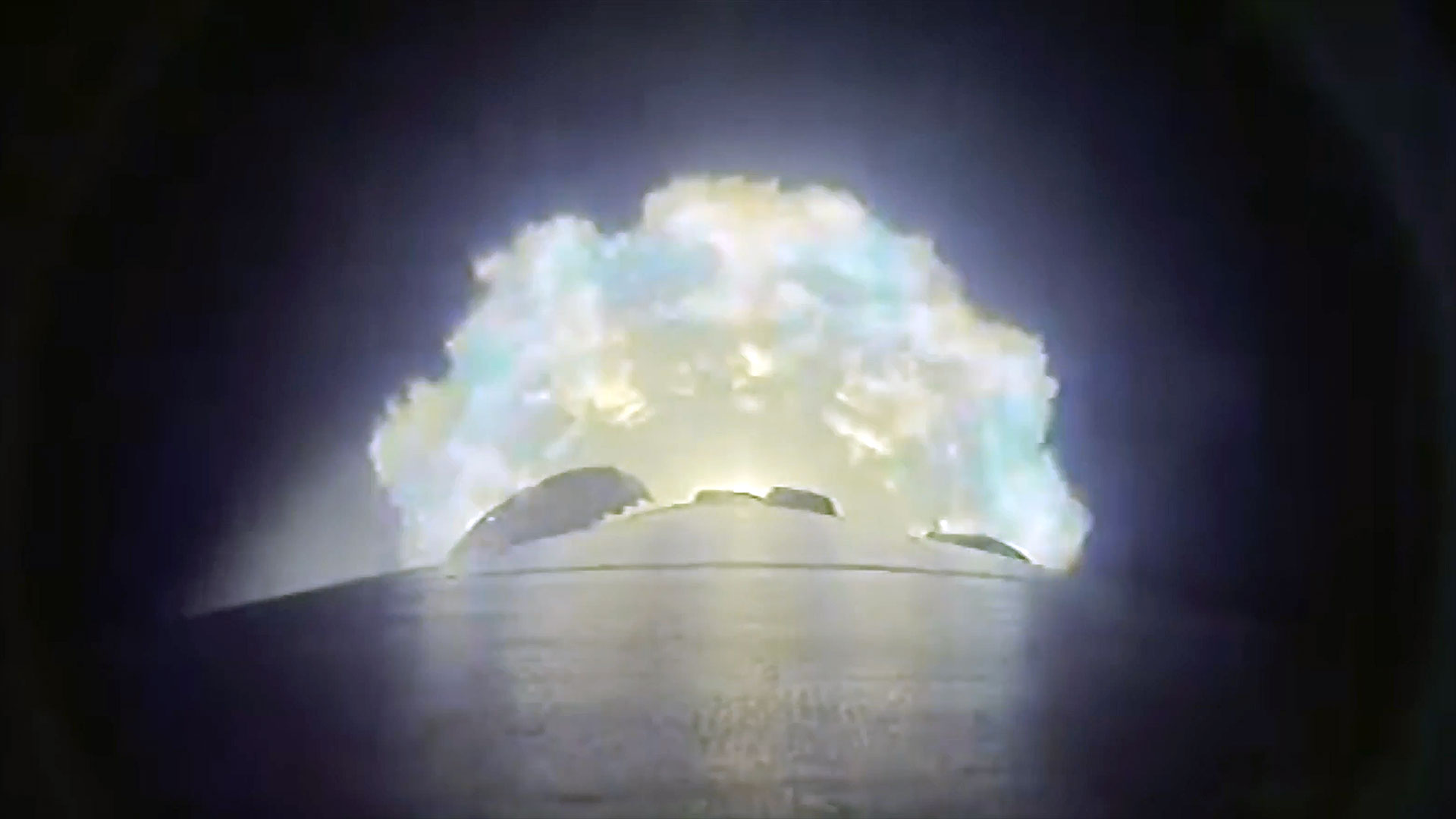Fireball Lights Up Sky Over Western Australia (Videos)
A fireball lit up the sky over the Australian city of Perth late Tuesday (Aug. 28), reportedly generating a powerful shockwave that rattled houses in the area — and some observers caught the dramatic event on video.
Perth's fire and emergency department started receiving calls about the meteor today at 7:40 p.m. local time (7:40 a.m. EDT and 1140 GMT), according to the Australian Broadcasting Corporation (ABC). Several people captured fireball videos with CCTV cameras and dash cams and sent the footage to the Perth Observatory.
"We heard the boom; we saw the light. We just thought it was lightning to start with, but the boom that came after it was definitely not thunder," Robyn Garratt, a resident of York — which lies about 60 miles (100 kilometers) from Perth, the capital of the state of Western Australia — said in an interview with ABC Radio. [The Dazzling Perseid Meteor Shower of 2018 in Photos]
"In York, people felt a lot more than that," Garratt added. "They all went running outside, thinking the sky was falling, basically."
Meteors are incoming space rocks that hit Earth's atmosphere, sometimes producing a powerful light show and/or shockwaves detected by people on the ground. Any pieces of that space rock that make it to the ground are called meteorites. (A fireball is any meteor that blazes more brightly than Venus in the sky.)
Scientists from Curtin University in Perth are among the people trying to determine if any meteorites were generated from the fireball. With so many videos available, university researchers are working to triangulate observations to narrow down the search, Phil Bland, director of the Curtin University-run Desert Fireball Network, told ABC.
On CNN, Bland also gave advice about what any such meteorite would look like, for those who are searching for one. (He urged anybody who found a meteorite to give him a call.)
Breaking space news, the latest updates on rocket launches, skywatching events and more!
"It will look strange. Iit will have a black crust on it, and it'll be kind of slightly rounded in a way that most terrestrial rocks aren't," Bland said. "It will look distinct; it'll look odd. Also, they're usually a little bit heavier than average rocks."
Earth gets hit by space rocks every day, in sizes ranging from tiny pebbles to much larger objects. While most of these impacts are harmless, occasionally a meteor generates more damage.
A prominent, recent example of a more damaging eventtook place over Chelyabinsk, Russia, in 2013, when a meteor broke up in the atmosphere and its shockwave shattered thousands of windows in the city below, injuring about 1,500 people. This particular space rock was probably about 65 feet (20 meters) wide when it crashed into the atmosphere, but much smaller fragments were retrieved on the ground.
NASA has a Planetary Defense Coordination Office that keeps an eye out for the largest space rocks that threaten Earth, through a network of telescopes that watch the skies for asteroids. Astronomers worldwide have found more than 8,000 near-Earth objects that are at least 460 feet (140 m) in diameter — big enough to destroy a U.S. state in the event of an impact.
The network isn't designed to pick up smaller space rocks. But NASA researchers say they have not yet found an imminent threat to Earth among the big ones.
Follow us @Spacedotcom, Facebook or Google+. Originally published on Space.com.

Elizabeth Howell (she/her), Ph.D., was a staff writer in the spaceflight channel between 2022 and 2024 specializing in Canadian space news. She was contributing writer for Space.com for 10 years from 2012 to 2024. Elizabeth's reporting includes multiple exclusives with the White House, leading world coverage about a lost-and-found space tomato on the International Space Station, witnessing five human spaceflight launches on two continents, flying parabolic, working inside a spacesuit, and participating in a simulated Mars mission. Her latest book, "Why Am I Taller?" (ECW Press, 2022) is co-written with astronaut Dave Williams.
